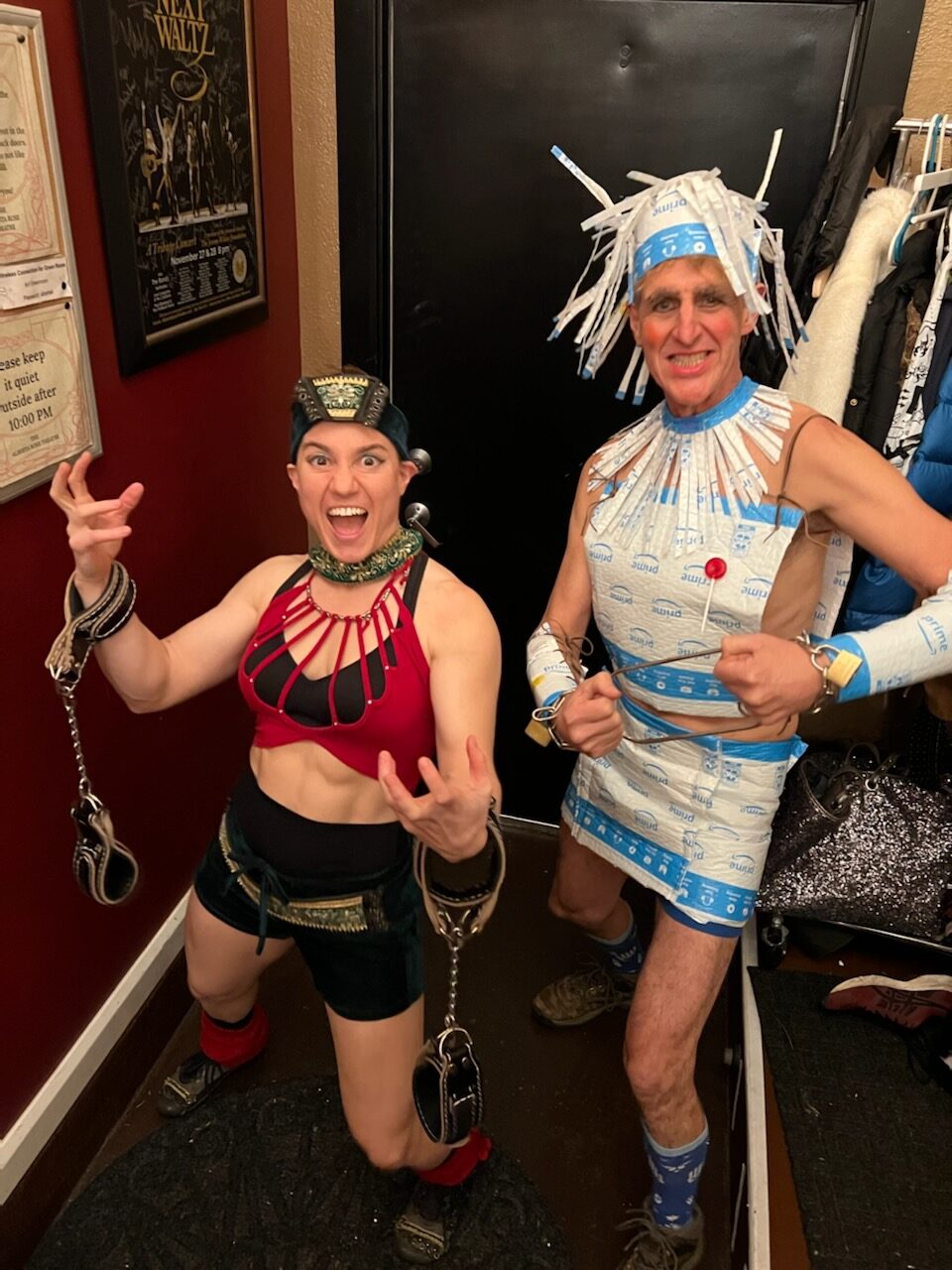
Skin
It keeps you in.
The outer layer of skin is the epidermis. The outer layer of the epidermis is dead skin. Here we are full of life but where the rubber hits the road, where your body meets the outside world, your skin is dead, and you are constantly sloughing it off to the tune of 25,000 mini flakes a minute. Run a finger across a dusty shelf in your house and much of that dust is your own self. Burn the contents of a vacuum cleaner bag and it will smell like burning hair. Both skin and hair are mostly keratin and burning keratin is that smell that fire-eaters and torch jugglers know to mean: Caution! you are burning more than you want to burn.
Beneath the epidermis is the dermis which has all the skin’s active ingredients— blood and lymph vessels, nerve receptors, the hair follicle roots, the glandular reservoirs of sweet and sebum. You are well perforated; you have somewhere between 2 and 5 million hair follicles and probably twice that in sweat glands. The hair follicles do double duty by secreting sebum which forms a healthy oily layer on your skin, keeping it supple and unfriendly to unwanted organisms. When those sebaceous glands get blocked or infected then you have blackheads, pimples, and acne.
You have different kinds of nerve receptors for feeling different sensations such as touch, pressure, vibration, temperature and pain. Everybody’s favorite are Meissner’s corpuscles, responsible for feeling light touch. They are more abundant, creating heightened sensitivity, on fingertips, lips, tongue, clitoris, and penis. Females usually have more sensitive fingertips then males.
Hair is unique to mammals. You have hair over nearly all your body except lips, nipples, genitalia, and the bottoms of our hands and feet. (The same parts endowed with more touch-feely Meissner’s corpuscles). The rest of your body is either covered with conspicuous hair or relatively invisible vellus hair which is the soft downy stuff on a child’s cheek. At some point in our evolution humans committed to less hair and more sweating; we sweat far more than other mammals. It’s more efficient for keeping cool then panting but requires regular replenishment of water. An average sized man can sweat away one and half quarts of water in an hour exercising in the heat. You will probably experience headaches and lethargy after losing 3 to 5 quarts of water. After losing 6 or 7 quarts mental impairment is likely and a healthy 155 pound man will typically go into shock and die around the 10 and 1/2 quart loss level. So keep hydrated and don’t forget the salt which you need as well to sweat. Although if you are not exercising in the heat and eating anything close to a Standard American Diet (S.A.D.), you are probably getting far too much salt for your health.
And then there’s the most over-rated element element of your skin, its color, which derives from melanin and other pigments, concentrated within a millimeter thick layer of your epidermis. Skin color is a reaction to the amount of sun your skin receives and is unrelated to race or human character. As humans adapted to northern climates they adapted with lighter skin, presumably to allow more vitamin D in. It’s a balance, we need the pigment to block sun radiation’s harmful effect on our skin but we need lots of vitamin D— which build strong bones, boosts the immune system, fights cancers, etc. We get it from the foods we eat and mostly through sunlight hitting our epidermis. Now that we wear clothing and live in houses, the majority of the world’s population is deficient in vitamin D. If you are not living outside mostly naked in the tropics, then you should probably be ingesting vitamin D supplements. Since Homo sapiens moved away from tropical Africa to take over the entire world about 60,000 years ago humans have de-pigmented and re-pigmented that millimeter thick layer of skin many times, producing all those varied beautiful skin tones you see on a city street. Culturally the pigments in that millimeter thick layer of epidermis gets an awful lot of attention. Biologically, it bears repeating, there is no such thing as race.
My son gifted me The Body by Bill Bryson for Christmas so I shall be plaguing the inter-webs with peculiar bodily facts and statistics for a couple of weeks. It’s the second best popular science book ever and everybody should read it right after they read A Short History of Nearly Everything, also by Mr. Bryson. A few sentences are stolen directly from him and the rest is inspired by his faux-British charm.
